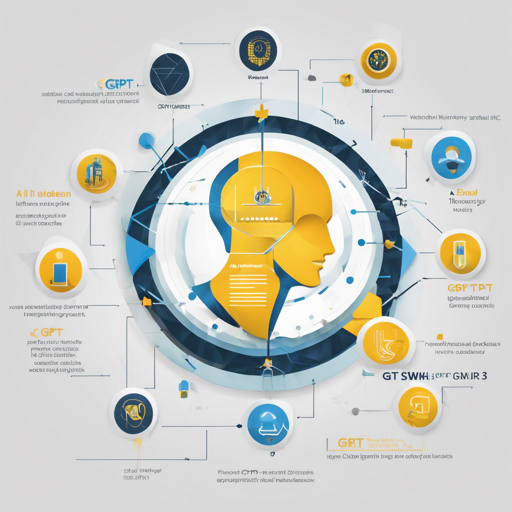Welcome to your comprehensive guide on utilizing the powerful GPT-SW3 models developed by AI Sweden. With applications spanning multiple languages, these models serve as an impressive toolkit for anyone interested in natural language processing (NLP). This article will walk you through utilizing these models effectively, whether you are a seasoned AI practitioner or a curious newcomer.
What are GPT-SW3 Models?
GPT-SW3 is a collection of large decoder-only pretrained transformer language models created to understand and generate coherent text across multiple languages, including Swedish, Norwegian, Danish, Icelandic, and English. This makes it an excellent resource for developing applications that require multilingual support. Additionally, the models can execute tasks they weren’t explicitly trained on by treating them as text generation tasks.
Getting Started with GPT-SW3
Before diving into coding, ensure you have the prerequisites:
- Python installed on your machine.
- The Hugging Face Transformers library installed.
- Access to the GPT-SW3 models through an access token from Hugging Face.
Step-by-Step Instructions
Follow these steps to utilize the GPT-SW3 models effectively:
1. Login to Hugging Face CLI
Since GPT-SW3 is stored in a private repository, you must log in using your access token. Simply run:
huggingface-cli login2. Load the Model in Python
Here’s a code snippet to load the model and tokenizer:
import torch
from transformers import pipeline, AutoTokenizer, AutoModelForCausalLM
# Initialize Variables
model_name = "AI-Sweden-Models/gpt-sw3-1.3b"
device = "cuda:0" if torch.cuda.is_available() else "cpu"
prompt = "Träd är fina för att"
# Initialize Tokenizer & Model
tokenizer = AutoTokenizer.from_pretrained(model_name)
model = AutoModelForCausalLM.from_pretrained(model_name)
model.eval()
model.to(device)Think of loading a model as filling a library with thousands of books. Each time you need a book (or model), you simply go to the shelf (the repository), pull it off, and begin reading (or generating text).
3. Generate Text
You can generate text using either the generate method or the Hugging Face pipeline:
Using generate method:
input_ids = tokenizer(prompt, return_tensors="pt")["input_ids"].to(device)
generated_token_ids = model.generate(
inputs=input_ids,
max_new_tokens=100,
do_sample=True,
temperature=0.6,
top_p=1,
)[0]
generated_text = tokenizer.decode(generated_token_ids)Using Hugging Face pipeline:
generator = pipeline("text-generation", tokenizer=tokenizer, model=model, device=device)
generated = generator(prompt, max_new_tokens=100, do_sample=True, temperature=0.6, top_p=1)[0]["generated_text"]Troubleshooting Common Issues
While working with GPT-SW3 models, you may encounter some common errors. Here are some troubleshooting tips:
- Model not found: Ensure you’ve entered the correct model name and have access rights with your Hugging Face token.
- CUDA errors: If you’re using GPU, ensure you have CUDA installed properly. You can revert to CPU by modifying the device assignment in your code.
- Tokenization issues: Check that your prompt is correctly formatted. The tokenizer expects specific inputs.
For more insights, updates, or to collaborate on AI development projects, stay connected with fxis.ai.
Conclusion
GPT-SW3 models from AI Sweden offer robust capabilities for generating multilingual text. With the steps outlined in this guide, you can start exploring its various functionalities today.
At fxis.ai, we believe that such advancements are crucial for the future of AI, as they enable more comprehensive and effective solutions. Our team is continually exploring new methodologies to push the envelope in artificial intelligence, ensuring that our clients benefit from the latest technological innovations.

